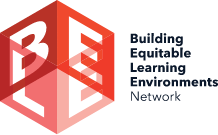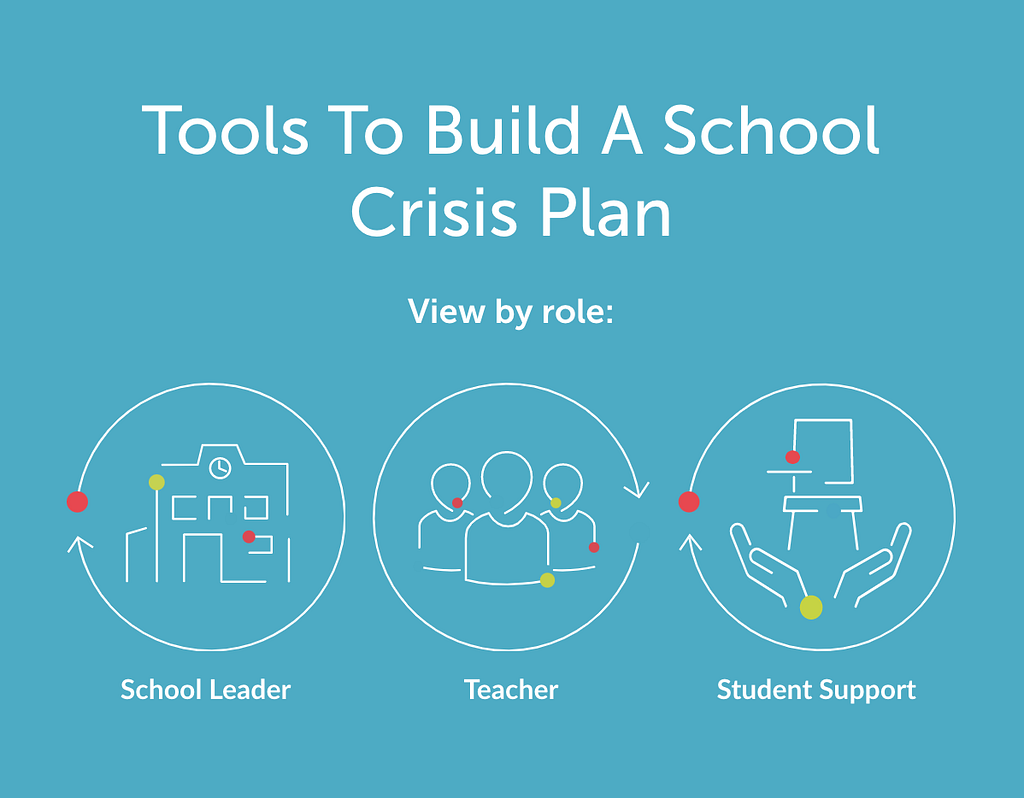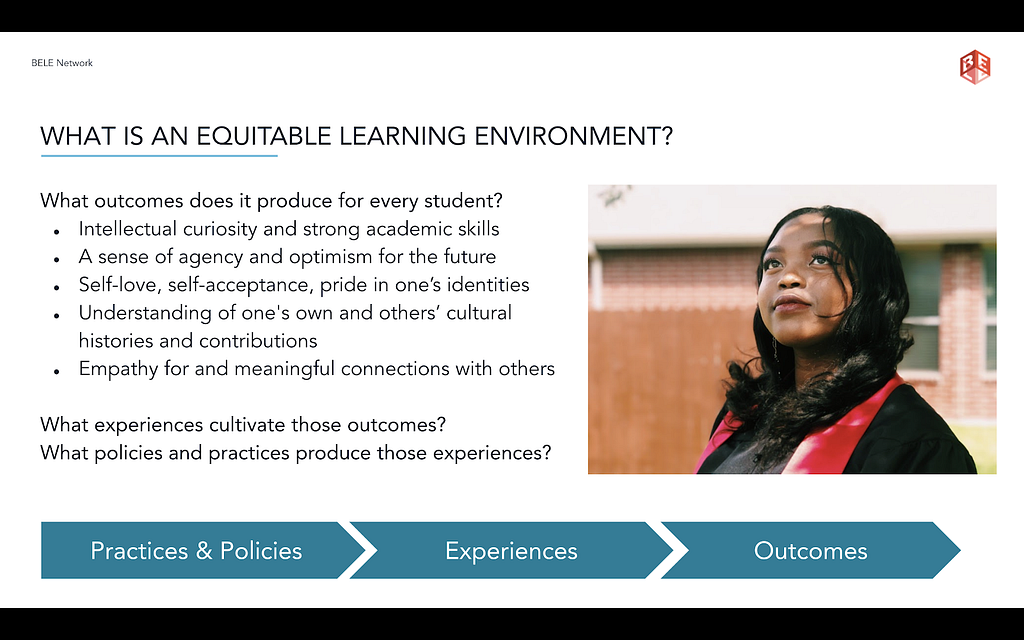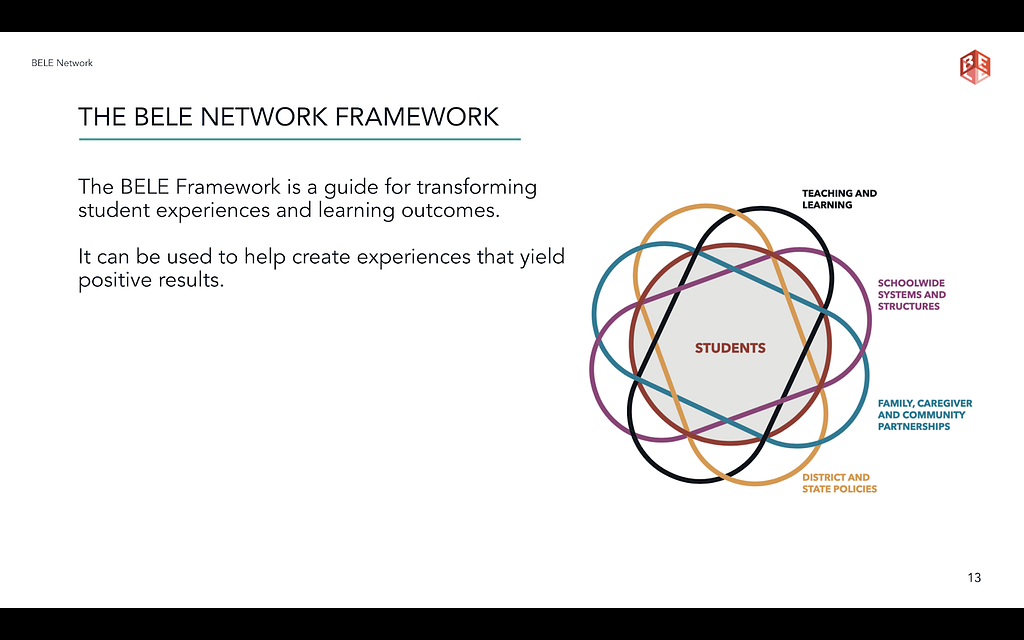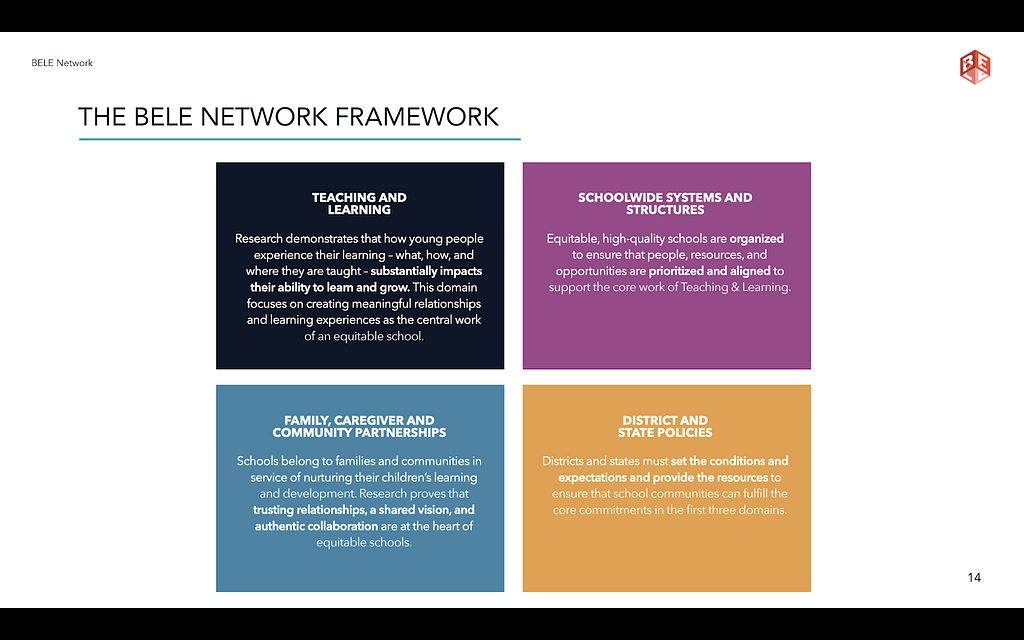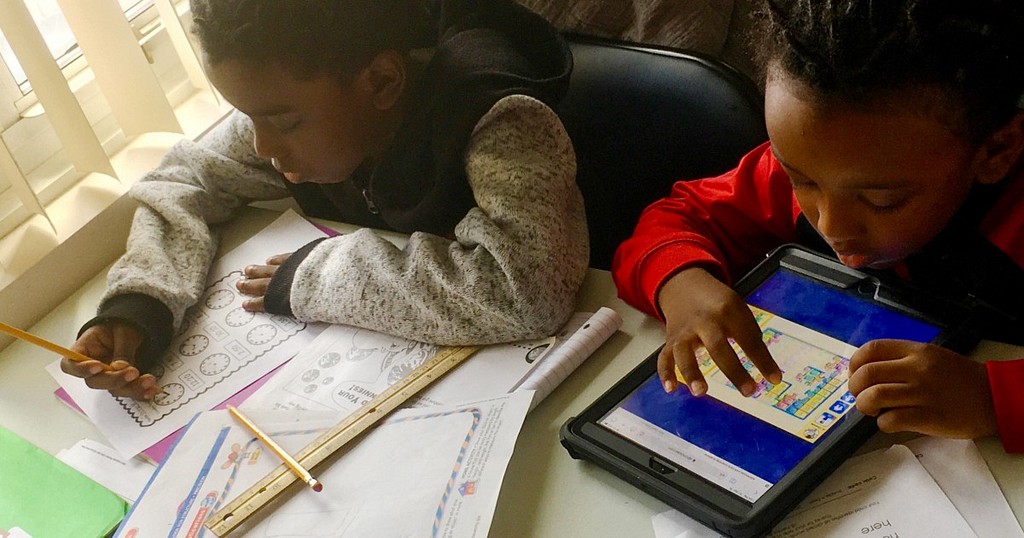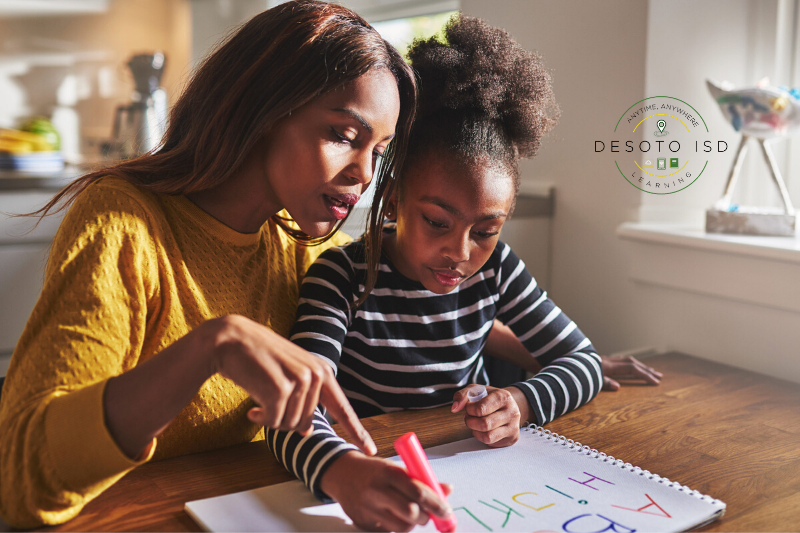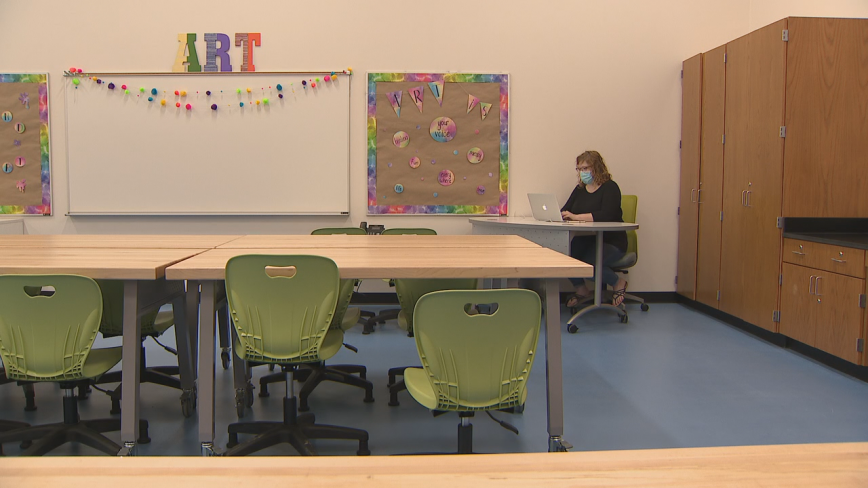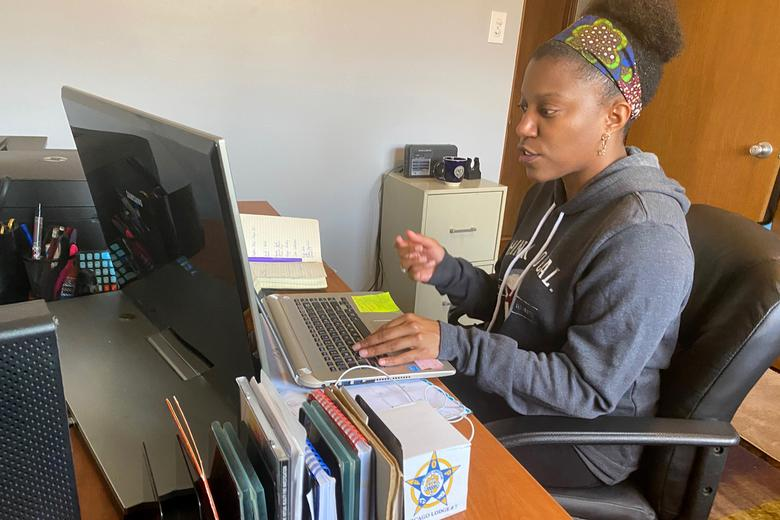Student Engagement Strategies That Go Beyond Zoom
By The BELE Network
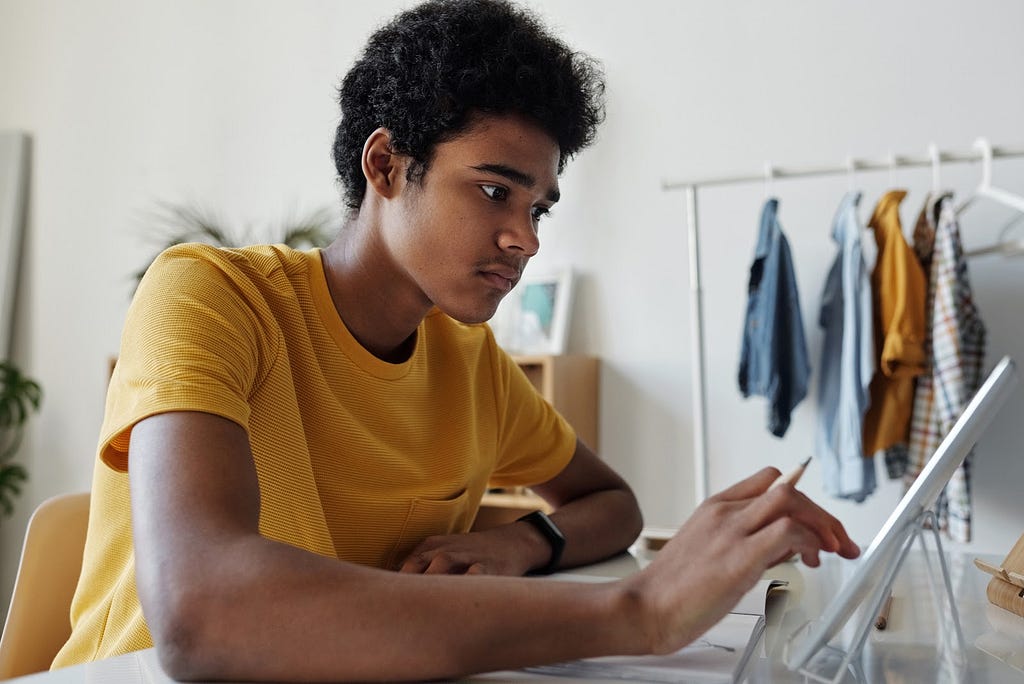
As school has moved to a virtual setting, we’ve begun to see how school systems are adapting and evolving curriculum to fit new learning environments. As education practices change and school leaders work to implement learning models that address the needs of the moment, it’s just as important that we improve how we are engaging with students beyond Zoom attendance and build strong relationships with them in a way that motivates them to thrive and progress.
Research has shown that developmental relationships with teachers, parents, and friends directly and indirectly affect school outcomes. The BELE Network is providing guidance on how teachers can build relationships with their students in a virtual setting and defining student engagement during remote learning that meets the needs of students. Additionally, PERTS launched Co-pilot Elevate, a data-driven professional learning program that elevates student voice to help educators equitably create experiences that support academic and social-emotional learning.
Be Intentional
Students are motivated by teachers who share brief and engaging personal stories. In one way or another, we have all been impacted by the events of 2020 and they present an opportunity to connect on an emotional level. Create space to check in with students and share enough to let them know you are interested in building positive and honest relationships. Consistent check-ins can also help you assess the needs of the students week by week and allow you to adapt your teaching in a way that creates an environment where students are motivated to be productive and speak out. Students agreed there was a connection between the ability of a teacher to create a positive relationship with them and how motivated they were in that teacher’s class.
Encourage Feedback and Build Power Together
As we continue to adapt to this new way of learning and teaching, seeking feedback from students is a great way to ensure teachers and leaders and responding to their needs. Being responsive to student feedback will encourage students to speak up and continue to offer feedback. Students appreciated being given choices and making decisions, even small ways, such as choosing which partner they could work with or deciding to stay inside or go outside to play a game. Students also felt motivated by teachers who related to them and didn’t talk down to them and treated them like someone they can have a conversation with. Steps to building power with students can look as simple as changing your tone in conversation and asking students to provide input on next steps for assignment. This lets them know that you value their voice and you want to work in partnership with them.
Prioritize Creating an Equitable Learning Environment
As a result of COVID-19 and remote learning, we are more aware than ever of the challenges students are facing that may impact how they show up in class. From family deaths, economic impact, to technology divide, this is a moment to acknowledge the inequities that persist outside of the classroom and create an environment where students want to and can show up everyday to interact with their teachers and peers. Just as we figure out innovative ways to engage with students, it’s just as important that we improve disciplinary practices that do not disproportionately disadvantage students who have been historically marginalized. Our approach to disciplinary practices must consider outside factors contributing to students’ behaviors and address them from a human-centered approach. Resources like the BELE Network Framework includes core policies to address students’ behavior through engaging in healing centered practices, also known as trauma-informed practices, eliminating zero-tolerance policies, and supporting teachers to address behavioral problems with empathy.
It’s critical to the success of our students that we invest in the capacity and resources to equip teachers with the resources necessary to help them build relationships with students that nurture their development. Let’s continue to create equitable learning environments where students can thrive in and out of the classroom.
